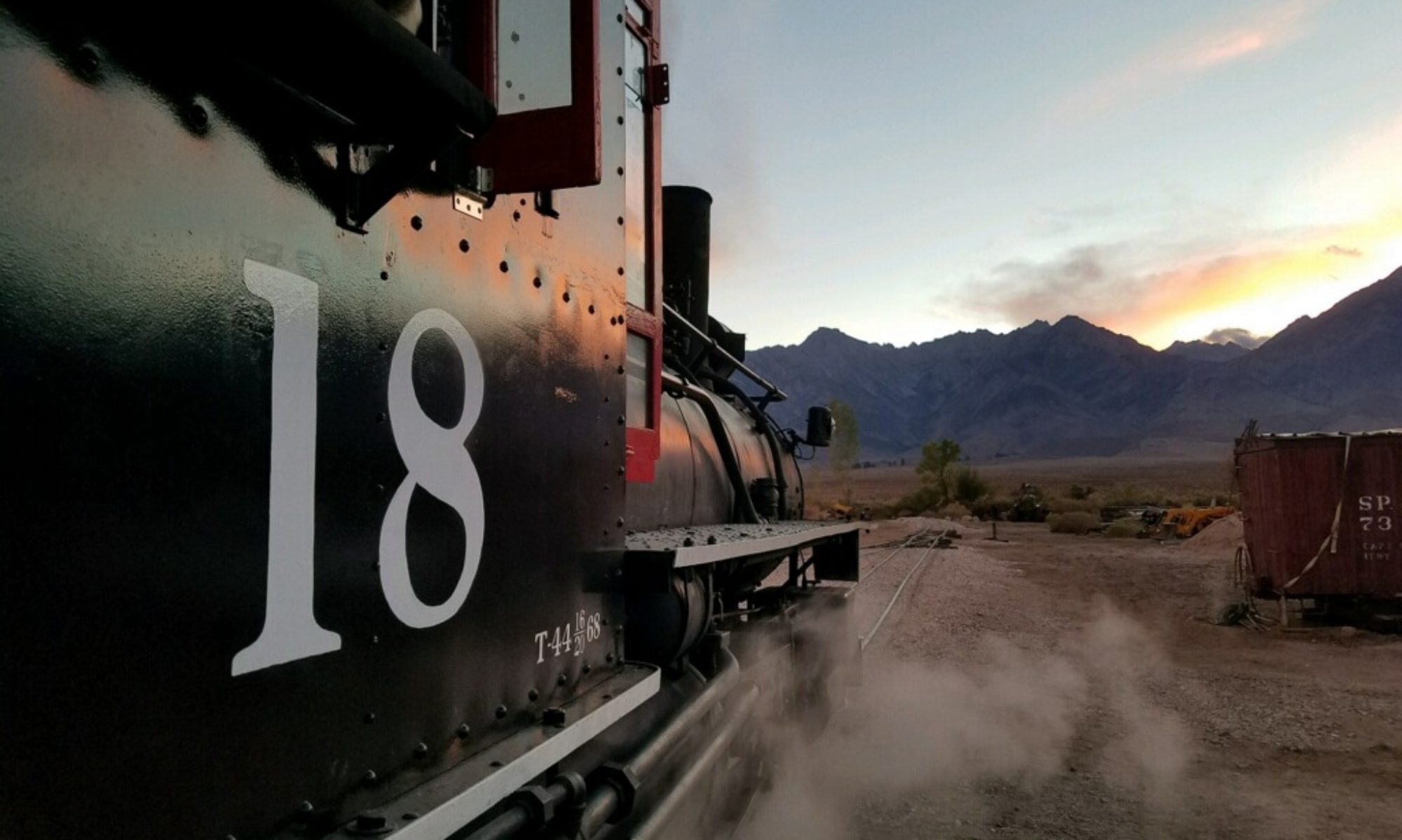Rick Eckhardt, Patrick Entriken, Marty Westland, and Charlie Cross removed all the remaining tubes and did a lot of ultrasound testing.
It was not warm out this weekend, but the activity kept everyone comforatable.

Home of Southern Pacific narrow gauge locomotive #18
Rick Eckhardt, Patrick Entriken, Marty Westland, and Charlie Cross removed all the remaining tubes and did a lot of ultrasound testing.
It was not warm out this weekend, but the activity kept everyone comforatable.
You must be logged in to post a comment.